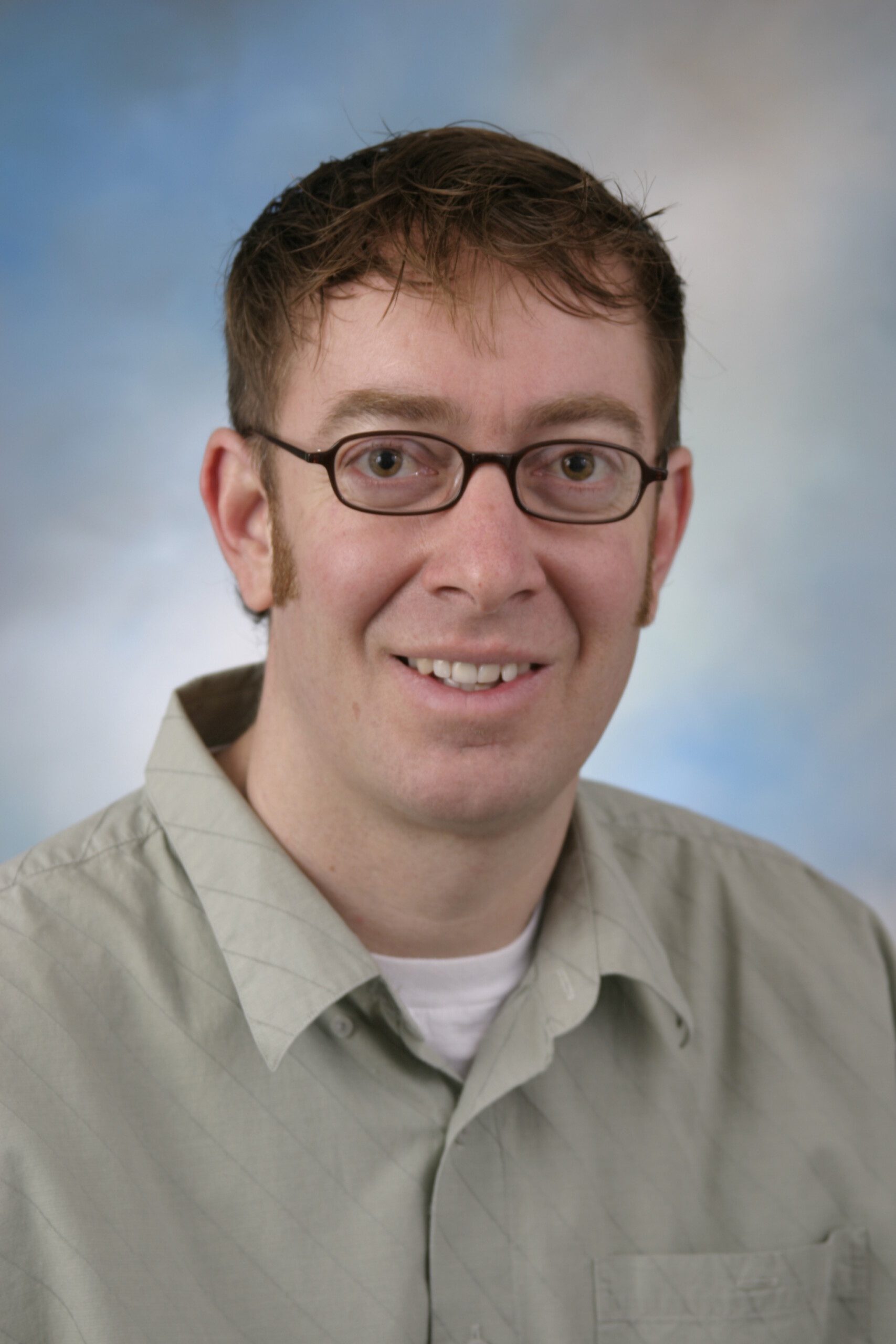Norman Swanson is a Professor of Economics specializing in Econometrics. He obtained his Ph.D. from the University of California, San Diego under the Nobel laureate, Sir Clive W.J. Granger, and has undergraduate training from the University of Waterloo. His research interests include financial econometrics, forecasting, macro econometrics, and time series analysis.
How did you become a forecaster?
I have been interested in forecasting for as long as I can remember. While living in Berlin as a young child I forecasted the price of apples across the seasons in order to maximize my cash intake from Freie Universitat students walking by each day so that I could maximize the number of comic books I would buy with the proceeds. While recently talking with my daughter (a neuroscientist) about the popular theory of the human brain as a prediction device I realized I’ve always thought about it that way. During undergraduate studies at the University of Waterloo, I got more serious about forecasting after discovering Econometrics and subsequently helping a Masters student from University of Quebec at Montreal forecast softwood lumber prices (while I was on a “work-term” for the Department of Agriculture in Ottawa). Things solidified further and irreparably when I worked with Sir Clive W.J. Granger on my PhD dissertation while at the University of San Diego, California. Clive, whom many consider to be the “father” of time series forecasting in economics hooked me on the subject, and my interest in everything forecasting has never waned.
What areas of forecasting interest you?
Earlier in my career, I was primarily interested in macroeconomic time series forecasting. As is the case with many of my ilk, this morphed to some degree into interest in financial econometrics and financial time series forecasting using all frequencies of data, including high frequency data. This in turn evolved into a love for machine learning. Actually, I was already working on big data and machine learning related topics during my PhD days. Why? In 1994, Hal White asked my first year PhD class if there was anyone could program in Fortran, and having previously worked for IBM as a programmer, I raised my hand. His objective was to have a student modify some of the earliest neural network code (which he had written under a grant from the US Department of the Navy) to handle time series prediction. I took up the task, leading to my first paper, which was on the topic of forecasting the term structure of interest rates using neural networks. In some sense, then, my field of interest has come full circle, as much of my theoretical and empirical forecasting work now focuses on big data methods.
How has the International Institute of Forecasters influenced you?
I have always found the International Journal of Forecasting (IJF) to be an excellent journal and have published numerous papers in said journal from my earliest days as an academic researcher. This love of the IJF naturally led to my participation in the International Institute of Forecasters (IIF), and I’ve been benefitting from the association ever since. I have acted as Associate Editor for the IJF, and am currently an editor of the journal, again leading to a close relationship between myself and the IIF.
What do you do in your free time?
I spend a lot of time doing physical activities such as running, golf, and skiing, for example. Broadly speaking, I love hiking and all other outdoor fun (including jet skiing, snow-mobiling and other “fast” sports). I also spend lots of time discussing research with colleagues, my graduate students, and my kids! That said, I am also a hobbyist. As an example, many friends are initially shocked at the size of my comic book collection. Of course, I love travelling, too!


